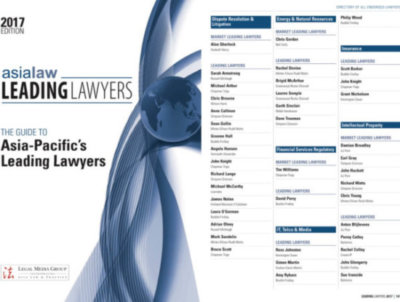The world of unknowns and patent best practice
Shayne and I recently attended the hugely popular BIO 2017 convention in San Diego, where over 16,000 attendees associated with the life sciences industry share their ideas and innovations.

No difficulty spotting this undisputed kiwi in the 5k fun run!
Besides the social side of the conference (which included entering a 5k charity fun run dressed as a kiwi!), BIO was a great chance for us to re-connect with all the overseas IP professionals we work with, and to make new contacts.
One of the nice things about being a patent attorney is that we all speak a similar global ‘IP language’ albeit with country specific ‘wrinkles’. And the convention is invaluable for learning from each other and ensuring that what we do day-to-day locally is best practice for our clients’ end markets.
Key takeaway: Write detailed and content rich invention descriptions!
One of the key take home messages we received reinforced our current thinking and practice: write detailed and content rich invention descriptions. This is important to ensure flexibility during the examination stage.
While US law is generous in the style or flexibility of amendments allowed to IP claims, there are limits. A detailed and content-rich specification covering the invention from many different angles allows opportunity to amend the claim scope. This makes it easier to address examiner challenges, draft claims to catch infringers, and capture the invention in different ways.
“This makes it easier to address examiner challenges, draft claims to catch infringers, and capture the invention in different ways.”
European, Japanese and Chinese rules around specification and claim amendments also mean that detailed and content-rich specifications are almost critical to achieving a good outcome. The rules more or less require the exact same explicit wording be used in the description of specification to that as claimed. This prevents anyone from subsequently adding wording not already used in the specification, or even adding in wording implied by the text. For example, if a range is given in the specification of, say, 5-50%, one cannot then claim 10-40% unless the exact term ‘10-40%’ features in the body of the specification.
Absence of disclosure about a feature is also not necessarily able to be claimed unless that absence is specifically noted in the specification.
Even locally, the standard around invention disclosures has been raised with recent amendments to patent law in Australia and New Zealand. This is not, perhaps, to the same extent as Europe, but certainly a big leap forwards from a decade ago.
What can you do to help in this process?
To help us achieve a good outcome, we need you to provide us as much information as possible about your innovation. Don’t scrimp on the details or hide things!
As patent attorneys, we try to ask many questions about the invention with a view to allowing us to craft the best possible patent specification. We ask about the invention history and try to gauge commercial plans for the invention. We are, however, totally dependent on the answers provided and information to hand.
“Achieving the best possible outcomes is a partnership between inventor and patent attorney.”
Achieving the best possible outcomes is a partnership between inventor and patent attorney. And, in our experience, this often means multiple reviews of the draft specification before arriving at the best version for the client. Getting company and inventor feedback is an essential and invaluable part of this process.
Beware that meeting best practice could mean more costs in the early stage, which can be tough for start-ups and when the idea has not yet been tested. However, in the long-term, this investment will create far superior outcomes and help lower overall costs – if only through fewer examination challenges.
To learn more or discuss a new project, contact Shayne or Robert to discuss your innovations. We love to hear your great ideas, and are always happy to have a chat and help where we can to guide businesses from seed to success.

Great Darwin! This kiwi is flying over the finish line!






